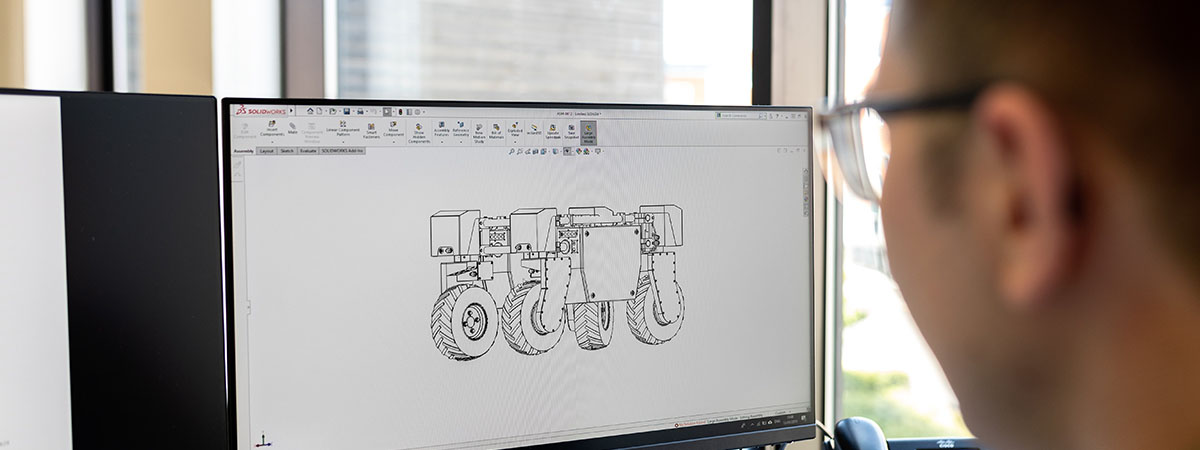
Reduce the uncertainty of technological innovation in three steps

In the current day and age, new technological innovations can pop up anywhere. They go to market at higher speeds than ever. This means that before you can prepare for it, these innovations could disrupt your business or market in a radical way. Cross-industry adaptation of technologies becomes more important for companies. Take for instance Virtual Reality or Augmented Reality technology: originated in the gaming industry, their visual and interactive properties are now being used in manufacturing industries, construction, maintenance, healthcare and even the military. A company can quickly feel ‘left behind’, and will develop the need for implementation of these technologies, even without clear entry points. How can they be guided in this process?
The uncertainty of the ‘fuzzy front end’ of technological innovation comes in many shapes. Where should your new technology be integrated? What function will it fulfil? Who’s going to use it? How does it fit your company? What risk will it bring to your business? Following these three steps can help answer these questions:
1. Ideate
Include potential stakeholders from different parts of your company in a brainstorming session. How do they imagine the use of this new technology from their own perspectives? Where do they see entry points? What do they find important? This step gives insight into their different demands and wishes and creates a large set of potential applications of your new technology.
2. Relate
Make sure that every new technology fits well with your current infrastructure and working methods. It helps to relate your potential applications to what is already available: where does it use the same data as current systems? How can it connect to your software? Are there people available with experience? Do you have the right space for this technology? Using actor-network theory, which maps basic connections between every entity in your company, you can test the new potential applications for compatibility before implementing them.
3. Evaluate
New technology is specific, complex and therefore expensive; you want to find the application that is most worth its while. Using the insight you created, weigh the potential applications on their relative benefit and risks. Which options are ‘low hanging fruits, and which options should you definitely not develop? This helps you select the right entry points out of the many different options and gives you a rich set of information at the start of your implementation process.
Following these steps can reduce a lot of uncertainty in technological innovation, by allowing you to make a substantial choice and increase stakeholder support. Make your company a quick adapter of new technology!
